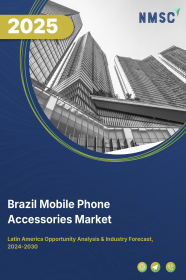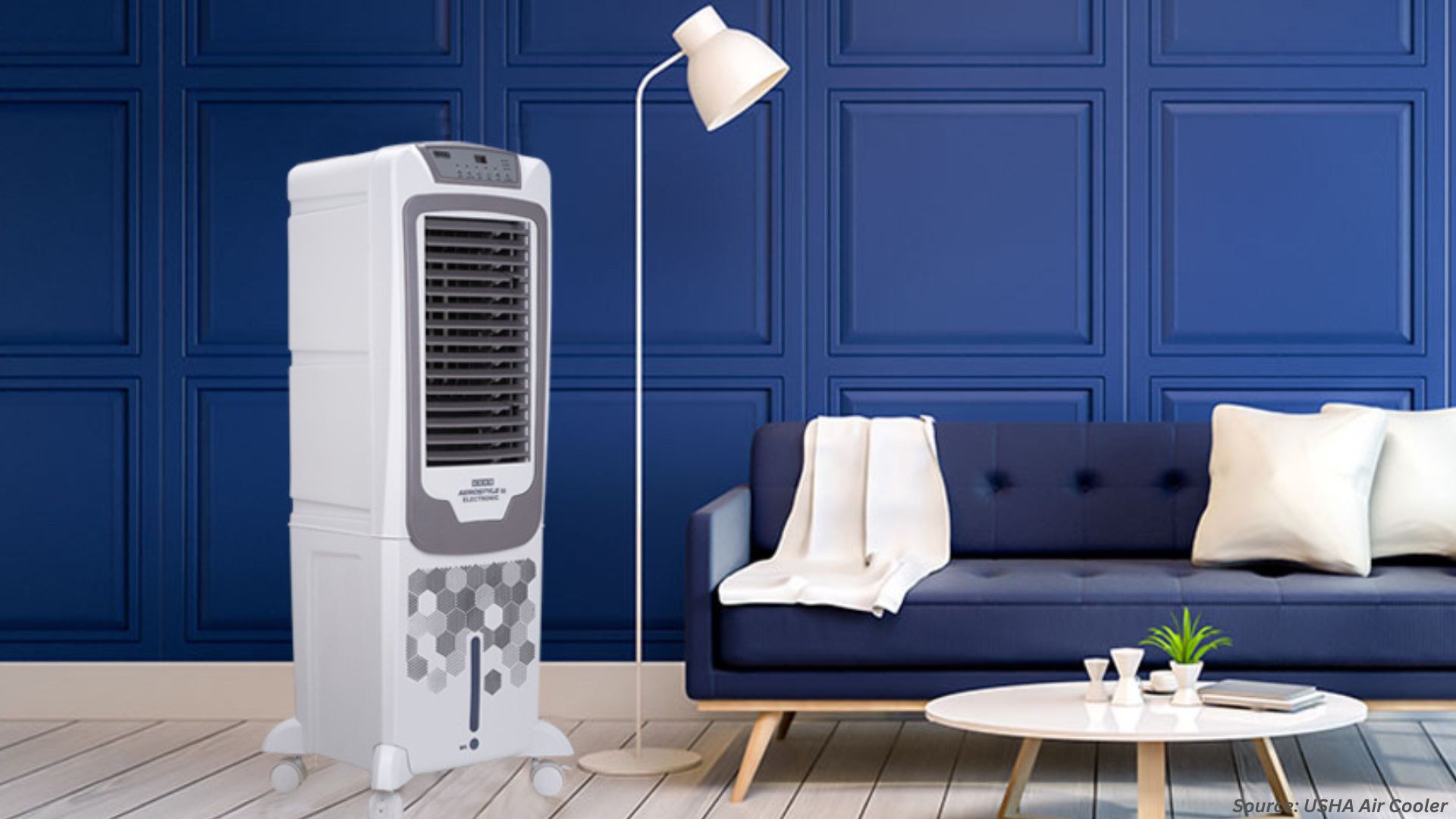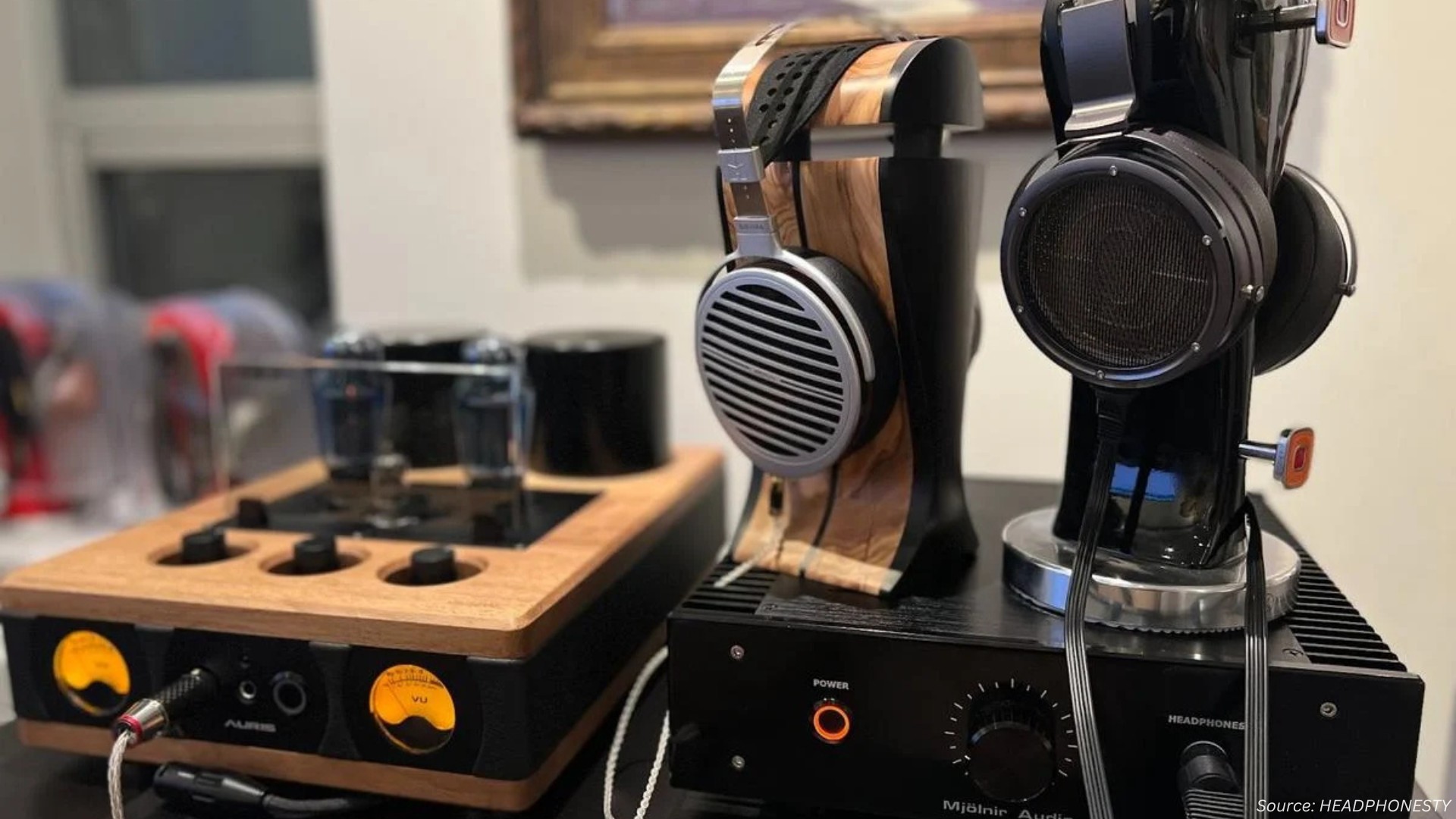
Brazil Mobile Phone Accessories Market by Product (Battery, Headphone/Earphone, Portable Speaker, Charger, Memory Card, Power Bank, Battery Case, Protective Case, Smart Speaker, Screen Protector, Smart Watch, Fitness Band, AR & VR Headset, Mount & Stand, Cables, Selfie Stick, Pop-Socket, and Car/Bike Holder), by Usage (Android, and iPhone), by Distribution Channel (Offline, and Online), by Sales Category (Branded, and Others), and Others - Opportunity Analysis and Industry Forecast, 2024–2030
Industry: Retail and Consumer | Publish Date: 29-Sep-2025 | No of Pages: 121 | No. of Tables: 158 | No. of Figures: 103 | Format: PDF | Report Code : RC1891
Market Definition
Brazil Mobile Phone Accessories Market size was valued at USD 13.90 billion in 2023, and is predicted to reach USD 16.91 billion by 2030, at a CAGR of 2.2 % from 2024 to 2030. Also, the Brazil mobile phone accessories market size was 412.5 million units in 2023, and is predicted to reach 620.0 million units by 2030, with a CAGR of 5.3% from 2024 to 2030. Mobile phone accessories refer to supplementary items or devices designed to enhance the functionality, protection, or aesthetic appeal of mobile phones. These accessories are not integral components of the phone itself but are optional additions that users can acquire to customize, protect, or augment their mobile devices.
Mobile phone accessories include cases, screen protectors, chargers, power banks, headphones, earphones, Bluetooth speakers, stylus pens, car mounts, selfie sticks, and various adapters and cables. Mobile phone accessories cater to diverse needs and preferences, ranging from practical utility to fashion and personalization, offering users the flexibility to tailor their mobile experience to suit their lifestyle and requirements.
Surging Smartphone Penetration and Frequent Device Upgrade Cycles Create a Perpetual Demand Base
The primary engine of the Brazilian mobile phone accessories market is the country's vast and continuously expanding smartphone user base. As one of the largest smartphone markets in Latin America, the sheer volume of active devices creates a foundational and consistent need for a wide spectrum of accessories. This demand is not a one-time event; it is constantly refreshed by rapid device upgrade cycles. Influenced by aggressive marketing strategies from leading brands like Samsung, Motorola, and Xiaomi, and the continuous introduction of new features, Brazilian consumers regularly replace their handsets.
This behavior directly fuels a parallel and recurring demand for new, compatible accessories. When a consumer purchases a new phone, it almost invariably triggers subsequent purchases of items like a protective case designed for the new model's dimensions, a fresh screen protector, and often, updated charging solutions to match new port standards or faster charging capabilities. This perpetual cycle of device adoption and replacement ensures that the accessories market remains a high-volume, resilient, and consistently active sector within the broader consumer electronics landscape, providing a steady stream of revenue for manufacturers and retailers.
Technological Advancements in Smartphones and Accessories are Driving Innovation and a Shift Toward Premium Products
Technological innovation serves as a powerful catalyst for market growth, creating a dynamic where advancements in smartphones necessitate a corresponding evolution in accessories. The mainstream adoption of features like wireless charging, the universal shift to high-speed USB-C data and power ports, and the integration of increasingly sophisticated camera systems directly stimulates consumer demand for a new generation of complementary products. This includes multi-device wireless charging pads for home and office use, compact and powerful GaN (gallium nitride) fast chargers, and durable, high-speed charging cables.
Concurrently, as consumers invest in more advanced and expensive smartphones, there is a clear trend toward "premiumization" in the accessories market. Consumers are increasingly willing to spend more on higher-value accessories that protect their significant investment and enhance the overall user experience. This fuels demand for products such as high-fidelity true wireless stereo (TWS) earbuds, smartwatches that integrate seamlessly with their phones, and specialized mobile gaming controllers. This shift allows brands to move beyond basic functionality and compete on quality, performance, and features, driving both innovation and higher average selling prices.
Intense Price Competition and the Widespread Prevalence of Counterfeit Goods Challenge Market Stability and Profitability
The Brazilian accessories market is characterized by fierce and often fragmented competition. A multitude of local and international brands vie for market share, especially within the highly price-sensitive low-to-mid-range segments. This intense rivalry frequently leads to aggressive price wars, which can significantly compress profit margins and make it difficult for companies to achieve sustainable profitability. The market is constantly flooded with low-cost alternatives, making it challenging for brands focused on quality and innovation to justify their price points to a segment of the consumer base.
This challenge is compounded by the pervasive presence of low-quality, unbranded, and counterfeit products, often distributed through informal "grey market" channels and online marketplaces. These illegitimate goods not only present serious safety hazards to consumers—such as faulty chargers that can cause fires or damage devices—but also seriously erode the brand value and trust of legitimate market players. As a result, authentic brands must invest substantial resources in marketing, robust quality control, and sophisticated brand protection strategies to differentiate their offerings and combat the negative influence of this unregulated segment.
The Growing Consumer Demand for Sustainable and Eco-friendly Products is Creating New Avenues for Market Differentiation
A significant and promising opportunity is emerging from the rising environmental consciousness among Brazilian consumers, particularly within influential urban and youth demographics. This cultural shift is fostering a new, and potentially premium, market for sustainable mobile accessories. Products manufactured from recycled plastics, plant-based biocomposites, cork, and other biodegradable materials are steadily gaining consumer interest. Likewise, accessories presented in minimalist, plastic-free, and fully recyclable packaging are increasingly preferred over those with excessive and wasteful packaging.
By developing and actively promoting these "green" product lines, manufacturers can effectively differentiate themselves in a crowded and competitive marketplace. This strategic approach does more than just appeal to the values of an increasingly eco-conscious customer base; it helps build a strong brand reputation for corporate social and environmental responsibility. For consumers, choosing a sustainable accessory becomes a statement of their personal values, a factor that can command brand loyalty beyond price and features alone. This positions companies that embrace sustainability for long-term growth and potential market leadership.
Competitive Landscape
The Brazil mobile phone accessories market comprises various market players, such as Samsung Electronics Co., Ltd., Apple Inc., Belkin International, Inc., Xiaomi Corporation, Spigen Inc., Koninklijke Philips N.V., Ringke Inc., SONY, LG, PANASONIC, ASUS, Xiaomi Corporation, BOSE CORPORATION, GOOGLE, Huawei Technologies Co., Ltd., and others.
Brazil Mobile Phone Accessories Market Key Segments
By Product
-
Battery
-
Headphone/Earphone
-
Portable Speaker
-
Charger
-
Memory Card
-
Power Bank
-
Battery Case
-
Protective Case
-
Smart Speaker
-
Screen Protector
-
Smart Watch
-
Fitness Band
-
AR & VR Headset
-
Mount & Stand
-
Cables
-
Selfie Stick
-
Pop-Socket
-
Car/Bike Holder
By Usage
-
Android
-
iphone
By Distribution Channel
-
Offline
-
Specialty Mobile Stores
-
General Retail / Hypermarkets
-
-
Online
-
E-commerce Marketplaces
-
Brand-owned Online Stores
-
By Sales Category
-
Branded
-
Third Parties
-
White Labels/No Name Brands
Key Players
-
Samsung Electronics Co., Ltd.
-
Apple Inc.
-
Belkin International, Inc.
-
Xiaomi Corporation
-
Spigen Inc.
-
Koninklijke Philips N.V.
-
Ringke Inc.
-
SONY
-
LG
-
PANASONIC
-
ASUS
-
Xiaomi Corporation
-
BOSE CORPORATION
-
GOOGLE
-
Huawei Technologies Co., Ltd.
Report Scope and Segmentation
|
Parameters |
Details |
|
Market Size in 2023 |
USD 13.90 Billion |
|
Revenue Forecast in 2030 |
USD 16.91 Billion |
|
Growth Rate |
CAGR of 2.2 % from 2024 to 2030 |
|
Market Volumes in 2023 (Million units) |
412.5 |
|
Volumes Forecast in 2030 (Million units) |
620.0 |
|
Growth Rate |
5.3% |
|
Analysis Period |
2023–2030 |
|
Base Year Considered |
2023 |
|
Forecast Period |
2024–2030 |
|
Market Size Estimation |
Billion (USD) |
|
Growth Factors |
|
|
Companies Profiled |
15 |
|
Market Share |
Available for 10 companies |
|
Customization Scope |
Free customization (equivalent up to 80 working hours of analysts) after purchase. Addition or alteration to country, regional, and segment scope. |
|
Pricing and Purchase Options |
Avail customized purchase options to meet your exact research needs. |




















 Speak to Our Analyst
Speak to Our Analyst

























